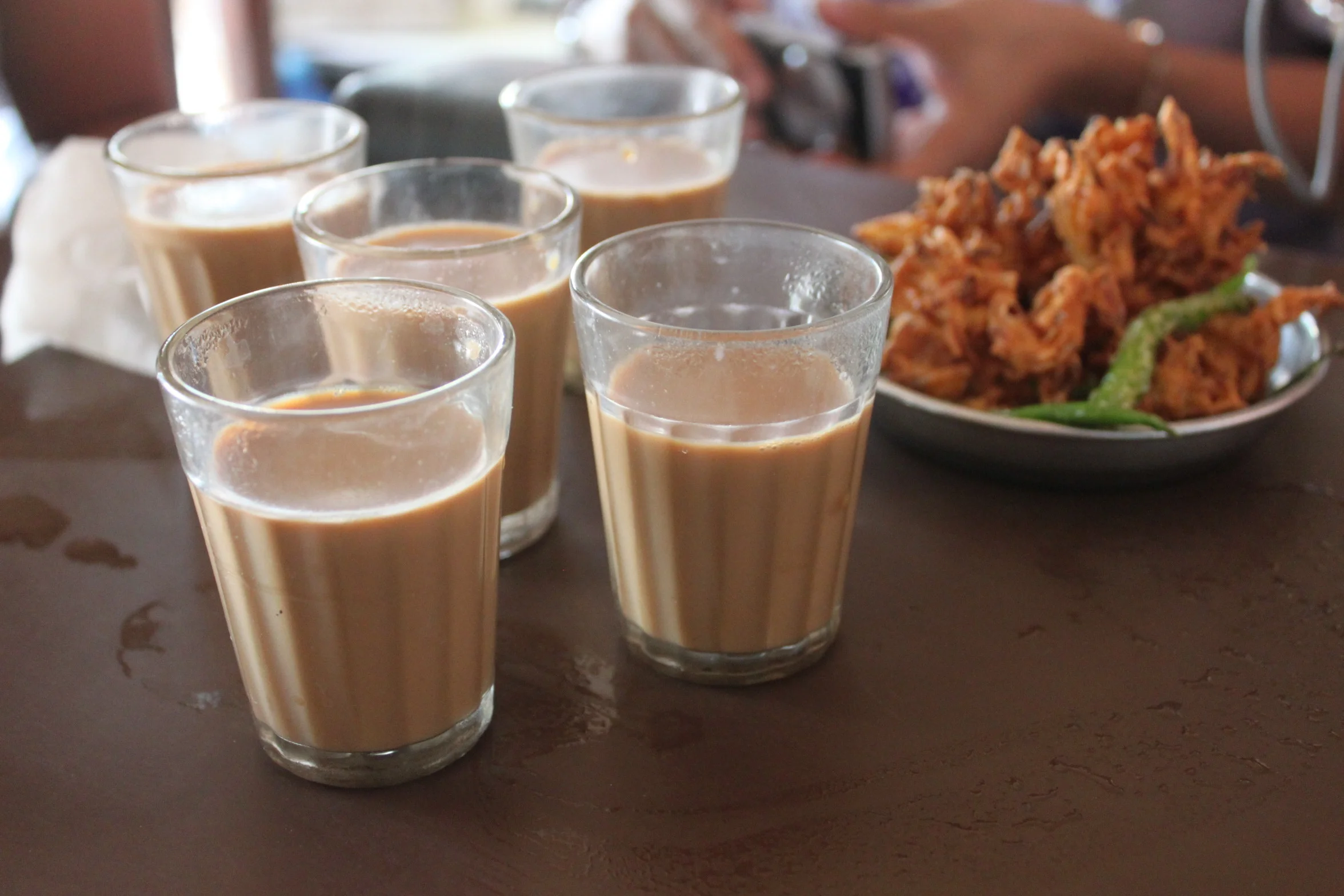The dream of a healthier future

For years, Daw Than and her family lived along the green and lush Delta region of Myanmar, known for its expansive patchwork of rice paddy fields and intricate, twisting waterways. Each morning Daw Than and her husband would wake early and head into the rice fields or to the fisheries for work. It was a simple, yet peaceful and stable way of life. However, when Cyclone Nargis hit in 2008, fishing boats were destroyed, homes were flattened and families like Daw Than’s lost everything. With their livelihoods destroyed, and nowhere to go, Daw Than along with tens of thousands other displaced persons moved to Yangon.
After the Cyclone, the family stayed in numerous areas before settling just outside of Yangon. Daw Than and her family have been living in an informal settlement for four years now, next to an industrial zone which offers residents employment opportunities in its factories. The conditions are confronting and contrasting.
A stretch of slums, and factories which produce everything from garments to beds and sausages, line the seemingly serene Hlaing River as far as the eye can see. Just beyond this are gated communities with palatial lake front properties and a golf course frequented by international visitors. Indeed, a far cry from the slums where makeshift homes are completely open with no doors. Their floors are a hard, uneven bamboo – where upon families sleep at night. The roofs are thatched and walls made of tarpaulins and any other materials that can be scrapped together. The hearth, for some families, is slightly raised over a swamp-like area where swims a sea of garbage and sewage. The raised floor aims to keep out rising water in the flood prone area. However, some homes aren’t raised high enough and during the rainy season flooding brings black water into the homes and destroys what little possessions the families have.
In their current home, Daw Than and her family do no have no access to water and sanitation. Although there are visible water pumps scattered throughout the community, Daw Than says this water is unsafe for drinking and is only used to wash clothes, and although there are several options for accessing potable water, they come at a price.
Each day vendors bring carts of water jugs to sell to families. A jug of drinking water can be purchased for roughly 50 Kyat – 5 cents AUD. While this might sound reasonable, for families on unsteady incomes, this is a considerable experience. Daw Than’s family for instance earns roughly 5,000 Kyat a day – $5AUD and one jug is nowhere near enough for a day’s usage for an entire family. Daw Than explains that the cost of buying water can quickly escalate, and when the quality of the water is also questionable, this cost is difficult to justify.
The other option families have is to collect rain water themselves. However, water storage is an issue and many families cannot afford large enough tanks or filtration systems to ensure enough clean water for their entire family. This leaves many families facing this final option – collecting water from the river. With many in the community lacking access to adequate sanitation, open defection, in particular nearby the river, is common and the risk of contamination is extremely high.
Daw Than says access to drinking water is her biggest concern. Water currently is too expensive and they fall ill from collecting water near to home. She hopes that with improved access to water and great awareness the community will not only have clean water but a healthier future.





